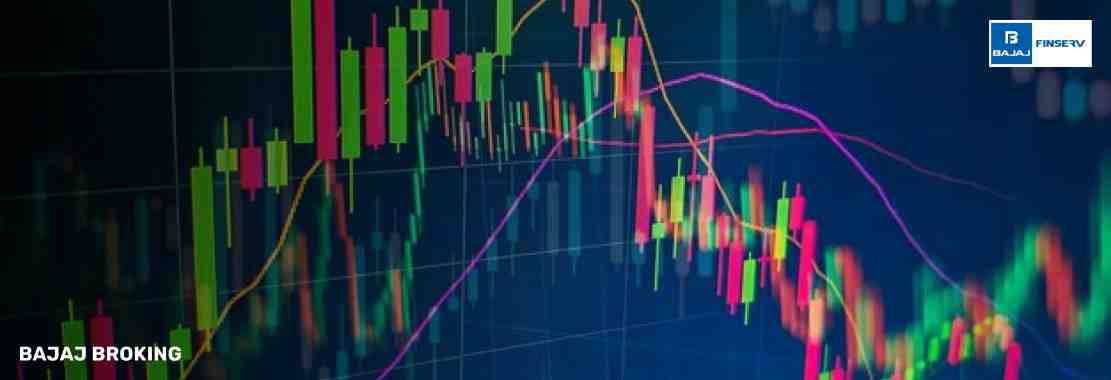Have you ever noticed that certain stocks in the market, despite belonging to a particular company, showcase different tracking and pricing trends? These stocks are known as tracking stocks, and they are issued by a parent company and yet they have a slightly different trajectory than the company‘s other stocks. This is because these types of stocks are offered by a parent company to benefit from the performance of a higher growth segment rather than the company's entire performance.
Since tracking stocks come with the foundation of the parent company and they track the financial performance of a special segment of the company, these types of stocks are widely popular for investors to gain exposure to company-specific segments rather than investing in regular stocks that might or might not perform well.
Remember that tracking stocks function in the same way as regular stocks in the stock market: they are issued by a listed company and traded at a particular stock exchange. The key difference between a regular stock and a tracking stock is that the latter is offered to represent the financial performance of the company’s specific segment rather than the entire company. These types of stocks are usually offered when the company believes that one of the company’s segments is performing better and can help in raising capital from the market.
Although market experts argue that tracking stocks might have lost prominence in the last few years, they continue to hold importance for investors looking for small windows to make higher profits. Keep reading to learn everything you need to know about tracking stocks.
How Does Tracking Stock Differ from Common Stock?
Let’s first understand how tracking stock differs from regular stock in detail:
A listed company issues regular stocks to represent the financial performance of the entire company whereas tracking stocks are also issued by the same parent company but they represent the performance of a specific segment of the company.
The purpose of issuing tracking stock is to allow the investor to benefit from the performance of a specific segment of the company, whereas regular stocks are offered to represent ownership of the company.
The dividend payments for regular stocks are based on the company‘s entire performance whereas the dividend payments for tracking stocks are limited to the performance of a specific segment.
Advantages and Disadvantages of Tracking Stocks
Just like your regular stocks, tracking stocks also come with certain advantages and disadvantages that you must be considerate of before deciding to invest in them.
Advantages of Tracking Stocks
Since tracking stocks are priced according to the financial performance of the company’s specific segment, these stocks often offer better valuation as compared to regular stocks.
For companies that are involved in different types of projects and whose overall financial performance in the market is declining they still have the option to offer tracking stock to benefit from one of the segments in the company that is performing well. These stocks help in paying off debts and fund operations smoothly.
These types of stocks track the financial performance of the company's particular section thus making it easy for investors to evaluate the stock's actual value which enhances transparency.
Disadvantages of Tracking Stocks
There have been many instances when the parent company and the subsidiary company have had a conflict of interest that makes the decision process difficult on matters like resource allocation, management direction etc.
Tracking stocks, unlike regular stocks, offer limited ownership to investors. This includes limited voting rights, zero claim over the parent company’s assets etc.
If the parent company goes bankrupt, the creditors of the parent company might have a claim over the company’s assets and securities but investors of tracking stocks have no such claim and they might end up losing all their money.
Since tracking stocks offer new voting rights through new stocks, the power of existing shareholders might be diluted.
Benefits and Risks for Investors in Tracking Stocks
If you are planning to invest in tracking stock here is a list of benefits and risks that you must analyse carefully before making a decision.
Benefits of Tracking Stocks for Investors:
Tracking stocks allows the investor to benefit from the company’s specific segment rather than relying solely on regular stock that tracks the company‘s entire financial performance.
Tracking stocks allows investors to limit their participation in the company's stock according to their risk tolerance.
Investors interested in reputed conglomerates can benefit from tracking stocks as these stocks allow investors to participate in the promising segments of the company.
Risk of Tracking Stocks for Investors:
The voting and dividend rights for tracking stock investors are limited as compared to regular stock investors.
Investors might lose money if the particular segment performs poorly, even when the company is performing well overall.
Examples of Tracking Stocks
Let’s take a common example of tracking stock in the Indian market:
Tata Motors offers Tata Motors differential voting rights(DVR) shares as a form of tracking stock that allows investors to participate and benefit from the performance of the specific division of a much larger conglomerate. Investors who have put their money in Tata Motors differentials voting rights (DVR) shares are only concerned about the performance of the specific segment of the company rather than the company’s entire financial performance.
Conclusion
Tracking stocks offers an interesting and appealing opportunity for the investor to benefit from a company's specific division rather than investing in the entire company. While tracking stocks are different from regular stock in many ways, they are traded similarly.
To begin your trading journey make sure to choose a reliable broking platform to open your demat and trading account.




